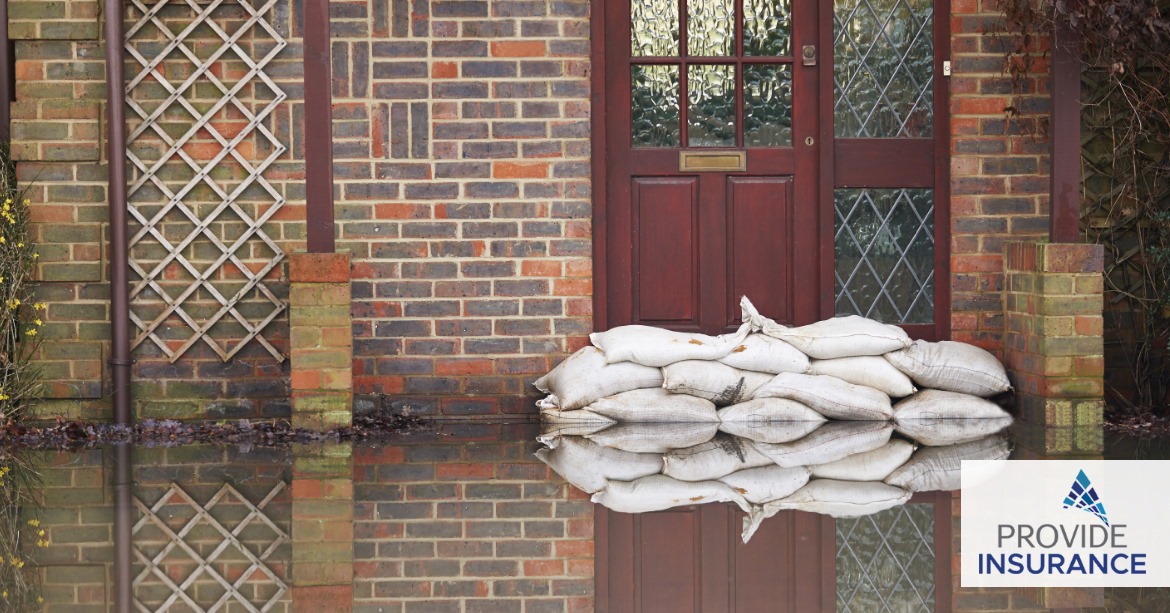What is Flood?
The risk of a flood occurring is reflected in the cost of the premium – property owners with a high risk of flood will pay a higher premium than other property owners.
Flood definition
Australian regulations include a standard definition of flood, which was introduced in June 2012. It applies to home and contents, small business, and domestic strata-title policies.
The standard definition of flood in Australia is:
The covering of normally dry land by water that has escaped or been released from the normal confines of:
1. Any lake, or any river, creek, or other natural watercourse, whether or not altered or modified; or
2. Any reservoir, canal, or dam.
Even if your policy excludes flood damage, your policy may still cover you for events such as storm or rainwater damage. Storm or rainwater cover in your insurance policy may cover the situation where your house becomes inundated by rainwater that has fallen naturally from the sky.
How do insurers determine the flood risk to my property?
In partnership with state and territory governments, the general insurance industry has developed and licensed the National Flood Information Database (NFID) for use by insurers in determining the flood risk to individual properties.
NFID is an address database containing 11.3 million property addresses, overlayed with the known flood risk according to government flood mapping. Commercial licensing arrangements between many governments and the specialist flood risk experts who prepare the flood maps means it is not a public database.
Most insurers use NFID to determine the flood risk to individual properties, and calculate the premium based on this risk and other criteria including building type, location, and claims history. However, it is up to individual insurers to decide what criteria they use to determine flood risk. They may examine information from many sources to identify properties that are prone to flooding. These may include local government flood mapping, historical flood information, terrain data and insurance claims information. Insurers assess how often a property is expected to flood, how severe the flooding may be, and how deep the flood can get.
Does Flood come automatically on my policy?
Generally speaking, Home & Contents policies do come with Flood cover automatically, however with most Business and Farm policies flood cover needs to be requested and approved by the insurer.
Examples of water damage to a property
- A river rises and causes damage to a home – that is flood
- Torrential rain floods a back yard and inundates the home causing damage – that is storm damage
- A washing machine bursts and floods a home – that is escape of liquid
Contact Provide Insurance to have all your flood insurance questions answered.

